Famous for its crystal, Co Waterford in the province of Munster lies along Ireland’s southeast coast and was once home to the largest Viking settlement outside of Scandinavia.
Deriving its name from the Old Norse name Veðrafjǫrðr or Vedra Fjord, Waterford City is the only large-scale 9th Century Viking settlement discovered to date in Western Europe and their influence can still be seen through buildings such as Reginald's Tower, also one of the first buildings to use a brick and mortar construction method in Ireland.
The county is colloquially known as the "The Déise", pronounced "day-sha".
Here are the top five things to see in Waterford:
Waterford & Suir Valley Railway
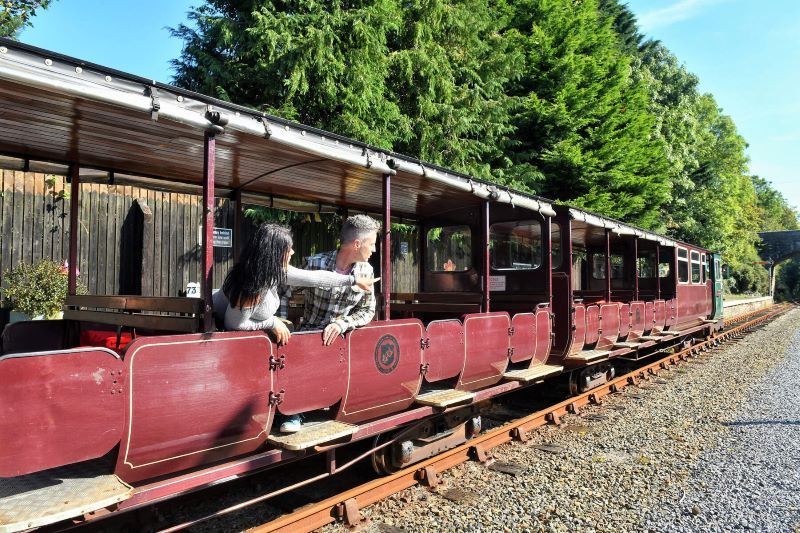
Waterford and Suir Valley Railway (Ireland's Content Pool)
Experience all the beauty of the River Suir and panoramic views of the Suir valley from the Waterford & Suir Valley Railway, a family-friendly tour that will entertain the youngest to the oldest traveler.
The area through which the railway runs is pretty much only accessible by train and brings guests along the picturesque banks of the River Suir, offering up views of the world-famous Mount Congreve Gardens. Rich in history, the journey begins just outside the village of Kilmeaden, where a restored mark 2 railway carriage serves as the ticket office and shop.
Although only running between March and September, the beauty of the railway in Ireland during its golden age is restored via this 5.2 mile (8.5 km) section of the abandoned Waterford - Dungarvan railway route, running from the station at Kilmeadan into Gracedieu Junction. Sit back in a classic period carriage and soak up the sights, as a restored Simplex Locomotive chugs along the banks of the river.
More information: www.wsvrailway.ie
Lismore and Lismore Castle
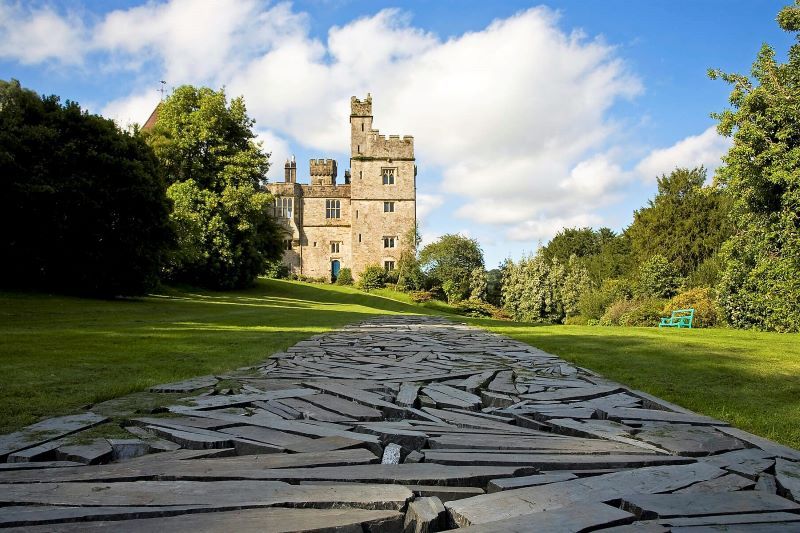
Lismore Castle. (Ireland's Content Pool)
Lismore, meaning great ringfort, is one of Co. Waterford’s most historic towns, founded by St. Mochuda. Home to a stunning, privately-owned Castle, as well as a medieval cathedral, Lismore is a designated heritage town and a visit to the heritage center will bring you through the remarkable history of this vibrant place at the foot of the Knockmealdown Mountains.
The beautiful town was once even a frequent holiday spot of Fred Astaire, whose sister Adele Astaire was married to Lord Charles Arthur Francis Cavendish, son of Victor Cavendish, 9th Duke of Devonshire, to whom Lismore Castle belonged.
For those of us traveling to Ireland with a slightly larger budget than others, Lismore castle is also available to rent out to families, allowing you to stay in a real-life castle, among the historic building’s many, many antiques decking out their perfectly preserved rooms.
And for those on a much smaller budget, the castle gardens are open to all, arranged over seven acres within the castle’s 17th-century outer defensive walls.
More information: www.lismorecastlegardens.com and www.discoverlismore.com
Christ Church Cathedral and the Medieval Museum, Waterford City
Happy 'International Museums Day' from all the team @WFORD_Treasures ! We're proud to be part of a great network of museums around the world supporting today. #InternationalMuseumsDay pic.twitter.com/gfCkvNcZed
— Waterford Treasures (@WFORD_Treasures) May 18, 2021
A cathedral has stood on the site of the current Christ Church Cathedral in Waterford since 1096 when Strongbow was married to Aoife, daughter of Diarmait Mac Murchada, King of Leinster. This marriage was a move that cemented the military alliance of her father and her new husband, forged over Mac Murchada’s desire for the Norman invasion of Ireland, an invasion that saw sections of Ireland coming under the control of those across the Irish Sea for the first time.
The current building was designed by John Roberts, the architect of Georgian Waterford, and is regarded as one of the finest 18th-century ecclesiastical buildings in Ireland.
As Ireland’s only purpose-built medieval museum, the Medieval Museum in Waterford City stands just opposite the Cathedral and is the only building on the island to incorporate two medieval chambers, the 13th-century Choristers’ Hall and the 15th century Mayor’s Wine Vault.
A guided re-enactor-led tour will take you around the museum's highlights but visitors are also welcome to wander at their leisure and take in the prestigious history of Ireland’s oldest city, first founded in 870 AD.
Owning the only set of medieval vestments to survive in Northern Europe--made from Italian silk woven in Florence--the museum also holds the Great Charter Roll of Waterford, a 4-meter long charter roll made in 1373 that is now regarded as one of the great treasures of medieval Ireland because of the number and quality of the illustrations. These illustrations include portraits of the kings of England from the first English king to come to Ireland, Henry II to King Edward III who was on the throne when the roll was made.
More information: christchurchwaterford.com and www.waterfordtreasures.com
Waterford Crystal
Waterford Crystal. (Ireland's Content Pool)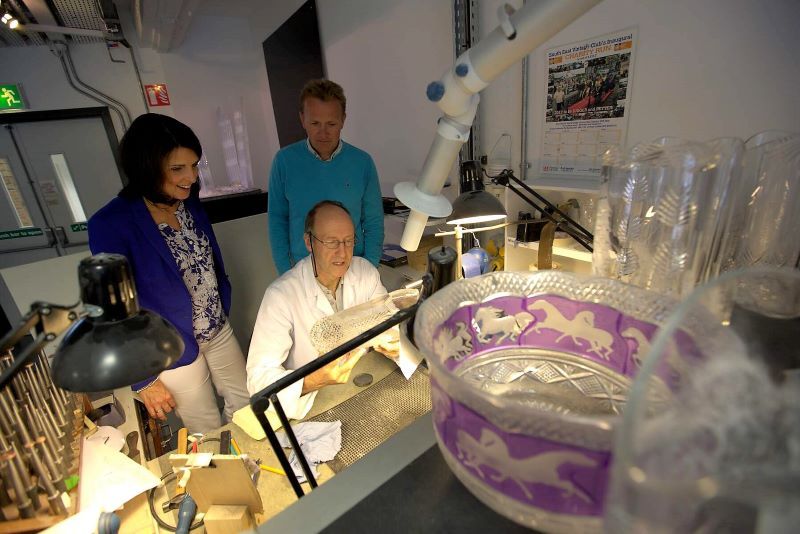
Highly regarded the world over, Waterford Crystal established its first factory in Waterford City in 1783, the same year Beethoven was publishing his first works and the world’s first hot air balloon took place in Paris. Developed by George and William Penrose, the factory was soon in full swing and with the help of John Hill, a compounder, the renown of Waterford cut glass continued to grow. Although Hill only remained in Waterford for three years, after a dispute with the Penrose business men hurt him so much he made the decision to leave, he passed on his technique to another within the factory but he departed, allowing the business to grow in his absence.
With a factory tour, visitors will learn all this history and more as they are guided through over 200 years of crystal manufacturing in this building located in the heart of the city’s Viking Triangle.
Through the blowing department, the mould room, the cutting room, sculpting room, engraving room, hand making room, and the quality inspection, guests are guided through the process of making such exquisite crystal from start to the finished product.
More information: www.waterfordvisitorcentre.com
Curraghmore House and Gardens
Curraghmore House, Portlaw, Co Waterford. (Flickr / Public Domain / Daithi MacGabhann)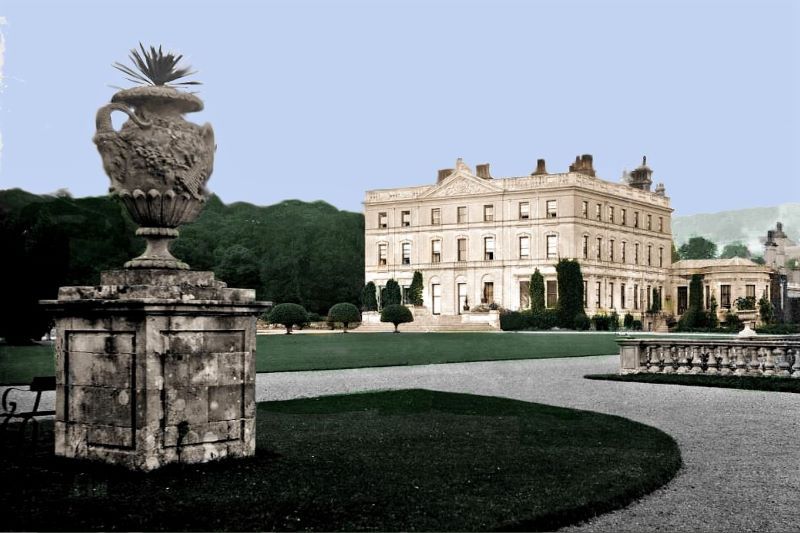
The historic home of the 9th Marquis of Waterford, Curraghmore House and Gardens was once owned by the De la Paors, a Norman family who moved to Ireland around 1170. With Some 2,500 acres of formal gardens, woodland, and grazing fields, it the largest private demesne in Ireland and also home to one of the tallest trees in Ireland, a Sitka Spruce planted on the estate in the 1830s.
On the grounds is the oldest bridge in Ireland, dating from 1205 and crossing the Clodagh River, while twelve miles of famine relief boundary walls to be seen across the estate remind visitors of the hard work endured by the starving lower classes in Ireland during the famine years, going to any lengths to find food.
Other places of interest on the grounds include the Shell House, a small structure hidden in a shrubbery near the main house and lined with mountains of sea shells collected and placed as decoration by Catherine Countess of Tyrone in 1754. The endeavor is believed to have taken her 261 days to complete as she designed intricate patterns using shells from all over the world into the ceiling above a statue of the Countess herself sculpted by John van Nost.
More information: curraghmorehouse.ie
*Originally published in 2016, updated in Sept 2024.

Are you planning a vacation in Ireland? Looking for advice or want to share some great memories? Join our Irish travel Facebook group.
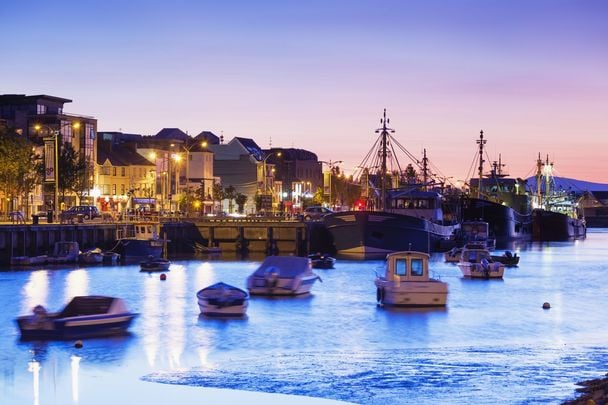
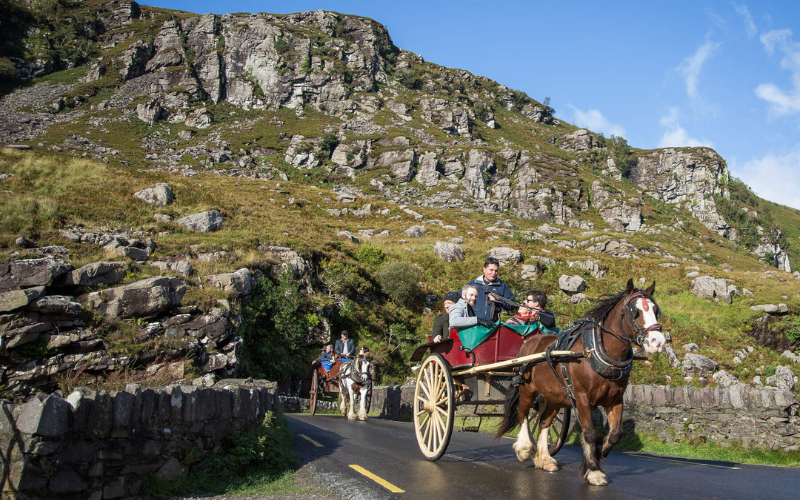


Comments